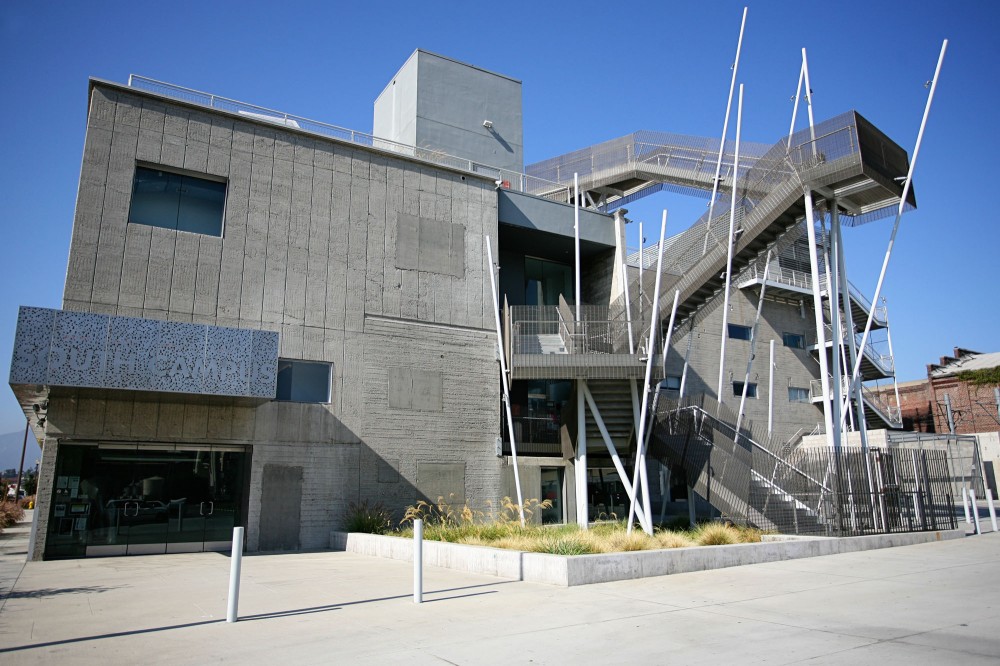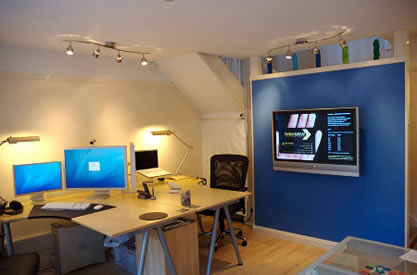To work as a graphic designer, you typically need to:
- have a high school diploma or GED; and
- have a bachelor's degree in art or design.

Education after high school
Graphic designers almost always have a bachelor's degree in art or design. However, some graphic designers work their way up into the position after demonstrating significant creativity and artistic ability, as well as advanced skills using graphic design software. Because these skills are taught in an undergraduate program in graphic design, college graduates have an edge with employers.
Formal training helps you develop your talent and skills. Programs in art and design also provide training in the computer software used in the visual arts. Training programs may also offer internships, where you can gain work experience.
Work experience
During and after college, graphic designers prepare for this work by developing a portfolio. A portfolio is a collection of your best work. It demonstrates your skills to clients or employers. A portfolio may include hand drawings, computer images, photos, and print samples.
Participating in an internship while in college is excellent preparation for this occupation. An internship helps you build your skills, demonstrate your talent, and make job contacts.
On-the-job training
Beginning designers usually receive on-the-job training. You can spend up to a year working with an experienced designer, but usually training lasts just a few months.
Military training
Some branches of the military train people to be graphic designers and illustrators. Training lasts up to 12 weeks, depending on your specialty. Additional training occurs on the job.
Helpful High School Courses
In high school, take classes that prepare you for college. A
college preparatory curriculum may be different from your state's
graduation requirements.
You should also consider taking some advanced courses in high school. This includes Advanced Placement (AP) and International Baccalaureate (IB) courses if they are available in your school. If you do well in these courses, you may receive college credit for them. Advanced courses can also strengthen your college application.
Helpful electives to take in high school that prepare you for this occupation include:

- Art
- Commercial Art
- Computer Applications
- Desktop Publishing
- Drawing and Painting
- Graphic Arts and Printing
- Graphic Design
- Web Page Design
Many graphic designers are self-employed. If you want to run your own business some day, you should consider taking these courses as well:
- Accounting
- Entrepreneurship
- Introduction to Business
The courses listed above are meant to help you create your high school plan. If you have not already done so, talk to a school counselor or parent about the courses you are considering taking.
You should also check with a teacher or counselor to see if work-based learning opportunities are available in your school and community. These might include field trips, job shadowing, internships, and actual work experience. The goal of these activities is to help you connect your school experiences with real-life work.
Join some groups, try some hobbies, or volunteer with an organization that interests you. By participating in activities you can have fun, make new friends, and learn about yourself. Maybe one of them will help direct you to a future career. Here are
examples of activities and groups that may be available in your high school or community.
Hiring Practices
Employers prefer to hire graphic designers who have excellent portfolios. They want to see work that demonstrates the talent and skills they require for the job. Employers also prefer applicants with strong computer skills. In addition, employers prefer graphic designers who can present their ideas clearly to clients. Most employers require that graphic designers have a bachelor's degree. Some may require a bachelors degree plus a few years of direct work experience.
Employers may take a criminal record into account in the hiring process. For most jobs, employers look at criminal records on a case-by-case basis.

Wages
Graphic designers (SOC 27-1024)
| Location | Pay Period |
|
| Entry | Median | Top |
| Oregon | Hourly | $15.85 | $21.33 | $26.44 |
| Monthly | $2,747 | $3,696 | $4,582 |
| Yearly | $32,964 | $44,370 | $54,996 |
| United States | Hourly | $16.13 | $21.22 | $28.55 |
| Monthly | $2,795 | $3,677 | $4,948 |
| Yearly | $33,550 | $44,150 | $59,390 |
Wages vary by area of the country. Wages also vary based on the type of project and the skill of the graphic designer. Experienced, self-employed graphic designers can earn much more than those who earn salaries. However, when they are starting out, they can earn much less. Wages tend to be higher in some industries, such as advertising.
Full-time graphic designers usually earn benefits such as sick leave, paid vacation, and health insurance. Self-employed designers must provide their own insurance.
Employment and Outlook
The table below provides information about the number of workers in this occupation in various regions. It also provides information about the expected growth rate and future job openings.
| Location | 2010 Employment | Growth Rate through 2020 | Annual Openings |
|
| This occupation | All occupations |
|
| Oregon | 2,446
Large | 19.1% | 18.1% | 130
High |
| Central Oregon and Columbia Gorge | 162
Large |
|
|
|
| Eastern Oregon | 19
Small |
|
|
|
| North and South Coast | 48
Medium-sized |
|
|
|
| Portland Metro | 1,408
Large |
|
|
|
| Southern Oregon | 195
Large |
|
|
|
| Willamette Valley | 413
Medium-sized |
|
|
|
| United States | 279,200
Large | 13.4% | 14.3% | 123,800
High |
Employment
In Oregon, 2,446 people work as graphic designers in this large occupation.
Nationally, 279,200 graphic designers work in this large occupation. About 26 percent of them are self-employed.
Major employers:
- Graphic design companies
- Advertising agencies
- Newspaper, magazine, and book publishers
- Printing and business form companies
occupations through the year 2020. Good job opportunities are expected. Nationally, the number of jobs for graphic designers is expected to grow about as fast as the average for all occupations through the year 2020.Outlook In Oregon, the number of jobs for graphic designers is expected to grow about as fast as the average for all
The demand for graphic designers will be due in part to the growth of the Internet. Graphic designers will be needed to design and lay out web pages. In addition, businesses will continue to want visually appealing ideas for their products, publications, and videos. All these items require the skills of graphic designers.

Despite high demand, competition will be strong for the best jobs. This is because employers will pay high wages to the most talented designers. Opportunities will be best for graphic designers with a bachelor's degree and knowledge of computer design software, especially website design and animation.
Advancement
Experienced and successful graphic designers may advance to assistant art director, art director, or design director. In some companies, they may advance to creative director of an art or design department. Graphic designers may develop their skills to the point that they can specialize in one area, such as website design. Some may gain enough success to open their own business.
















